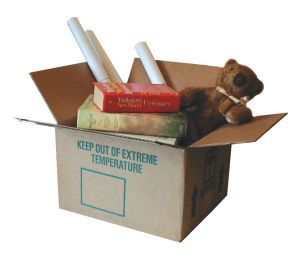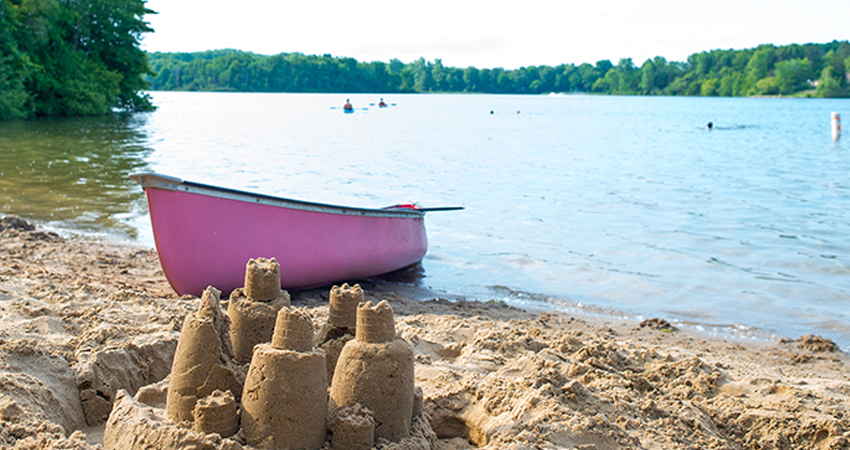9 Tips for Packing Up A Household
You’ve sold your home and found a new one! The hard part is over!
Or is it?
There’s still the matter of getting a houseful of stuff from point A to point B. It’s enough to interfere with your Zzzzz’s…
But the truth is, with some planning, it doesn’t have to be overwhelming – even if you’re packing your own possessions.

Here are some tips to make the process a little easier:
- If possible, allow six weeks for packing up the average household.
- Get all your supplies together. You’ll need sturdy boxes, packing paper, bubble wrap, a good tape gun, labels, markers and a notebook. You’ll also need some basic tools for taking items apart and a tape measure for planning furniture placement in your new place.
- Enlist some help. This makes packing go faster and can even become a pleasurable activity as you chat about the items you’re packing and talk about your plans.
- Label each box and give it a number, as you pack. In your notebook, by the number, list what’s in the box. On the label, say which room it’s going to at the other end. This takes seconds per box but can save hours and headaches at the other end.
- When packing the contents of a storage cabinet that you’ll be moving, create a diagram of the cabinet and give each drawer and cubby a letter. As you pack each space, put that letter on the box containing the contents. Tape the diagram inside the cabinet so it’s handy when you unpack.
- Pad each box of breakables with 2” of padding material on all six sides. Pack items snugly, so that after you’ve sealed the box, you can press your hand against any side, and it will “push back.” You should be able to gently shake the box and not hear anything moving. If packed well, a box of fragile items could be dropped from 4 or 5 feet without breakage.
- Contrary to popular belief, plates, mirrors, picture frames are safest when packed on their edges – not flat in a box. They can absorb any impact much more safely this way, reducing chances of breakage.
- To prevent injury when lifting, don’t make boxes too heavy. Maximum weight should be 50 lbs., with 40 lbs. or less being ideal. Clearly mark any extra heavy boxes to warn movers and to make sure those aren’t stacked on top of lighter boxes.
Before you know it, you will be in your new home surrounded by all the boxes you just packed. The good news? Unpacking goes much faster than packing! Good luck in your new home!
About the Author: Judy DiForte is a professional organizer for The Betty Brigade, an Ann Arbor-based concierge company specializing in move coordination, organizing and event planning. Email her at [email protected], or leave a comment here.






